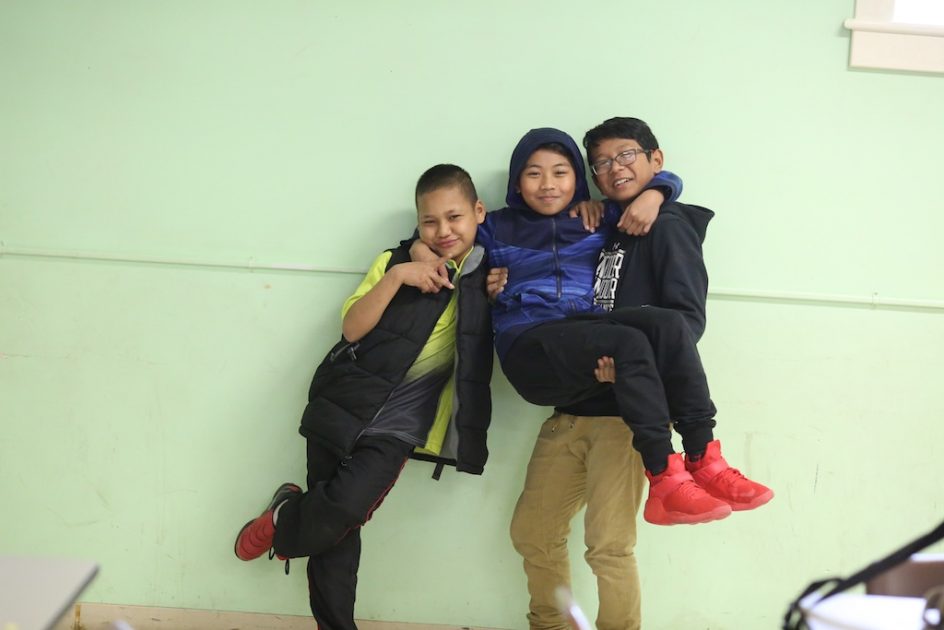
The RISSE kids speak eloquently through their lives of the power of the community, and the hard work done to bring it about.
When refugees come to the United States, they most often come under the care of the U.S. Committee on Refugees and Immigration, part of a federal system that welcomes the refugees ad supports them while they move into their new homes, adjust to their new lives.
The USCRI – the U.S. Committee On Refugees And Immigration – gives the new refugees and immigrants – they are not the same thing – a stipend and provides language and other assistance for acclimation. After three months. the refugees and immigrants are on their own, and in my area, can turn to RISSE, a privately funded support program for both refugees and immigrants.
A refugee is someone who is fleeing persecution or danger or extreme suffering, as in a civil war or disaster. Immigrants are different, they are people who choose to live here permanently and voluntarily leave their homeland. There are completely different rules, procedures and regulations for entry into the United States as refugees or as immigrants.
None of them are simple, easy or inexpensive.
Neither offers a simple process for entry into America, especially since the whole idea of asylum and immigration has become politicized and bitterly controversial.
The RISSE after care program in Albany is remarkable, more than 90 children and scores of adults, some refugees, some immigrants, come to RISSE every day for classes and assistance, all day and after school. If parents can’t bring them, RISSE drivers will pick them up. The program offers lunch and dinner, sports, tutoring and arts programs.
Last year, arsons burned the RISSE classrooms down and slashed the tires on all the vans. The building has been rebuilt and is now open.
It is very difficult for anyone to be a refugee, and be allowed into the United States.
it isn’t easy to be an immigrant either, although it is often less traumatic. The experience of choosing to live in America is very different from the experience of fleeing violence and political persecution in the hopes of finding safety and survival.
The RISSE children’s program is designed to give the children, many fleeing turbulence in Asia, Africa and the Middle East, a community of their own, especially until they can get used to American and find their own place in the social system. From my conversations, it is extremely traumatic for refugee children to come here, not only because of what they have seen and suffered, but because their new home is alien to them.
Many don’t speak the language, participate in the same sports, eat the same food, share the same cultural values, see the Internet in the same way. Some have no experience with modern technology at all.
When I put up a photo of the RISSE soccer team the other day, several women wondered why there weren’t any girls in it. They didn’t know that to many of these children, the idea of girls and boys playing soccer would be shocking, let along traveling and playing and dressing with boys to go to the same games at the same tournaments.
This may well evolve as the children and their families settle in, but a co-ed team would be a very strange idea for both genders now. Many of the girls still wear head covering, even to play in the school playground. That would not work well on a soccer field.
I can see that the RISSE idea works. Kids who are recovering from trauma and extreme disruption seem to come alive at RISSE, they laugh with each other, hug one another, ham for the camera. They are all over their teachers. Clearly, they feel safe there.
“We want them to have their own community right now,” says Ali “Amjad Abdalla Muhammed, one of the RISSE teachers. “We don’t them on the street, looking for things to do. Many of them are still adjusting. Here, we all support each other.”
I was struck visiting RISSE how many of the children came up to me to tell me how talented or athletic or artistic or gifted other children were and are. They keep urging me to photograph these children, never themselves.
My idea is to get to know these children better, to find ways to support and encourage them, to raise some money when it is appropriate and necessary, and to try to chronicle their journey into American life. I can tell you none of them are dangerous, they have not come here to hurt us, take our jobs or exploit our public services. Their parents work hard every day, pay taxes, learn our language and customs.
The kids are especially warm and loving, a miracle given what they have often survived and witnessed.
I want to show them as human beings, especially for people who fear them so. The truth wants to be free, and the truth will set us free.
